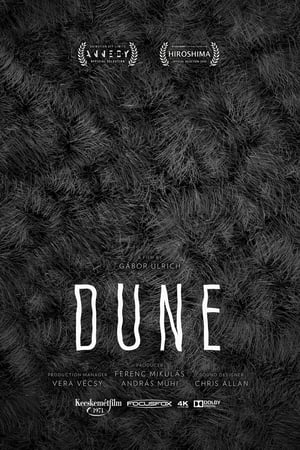
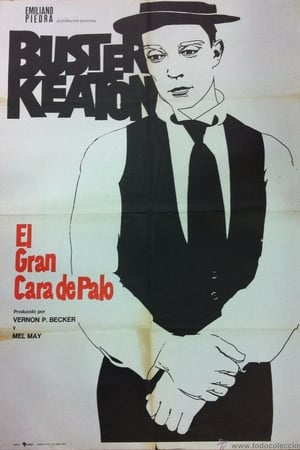
The Great Stone Face(1968)
A documentary about the work of Buster Keaton.
Movie: The Great Stone Face

The Great Stone Face
HomePage
Overview
A documentary about the work of Buster Keaton.
Release Date
1968-01-01
Average
4
Rating:
2.0 startsTagline
Genres
Languages:
EnglishKeywords
Recommendations Movies
The English Potter(en)
A short, silent documentary by Robert J. Flaherty about pottery in England.
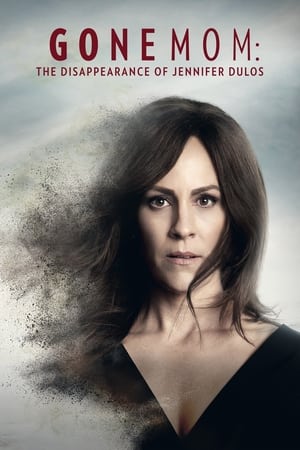 7.8
7.8Gone Mom: The Disappearance of Jennifer Dulos(en)
Jennifer Dulos, the wealthy, Connecticut mother-of-five who mysteriously vanished.
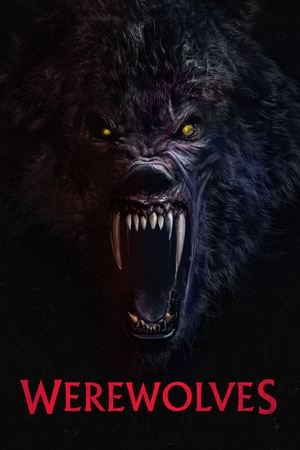 6.1
6.1Werewolves(en)
A year after a supermoon’s light activated a dormant gene, transforming humans into bloodthirsty werewolves and causing nearly a billion deaths, the nightmare resurfaces as the supermoon rises again. Two scientists attempt to stop the mutation but fail and must now struggle to reach one of their family homes.
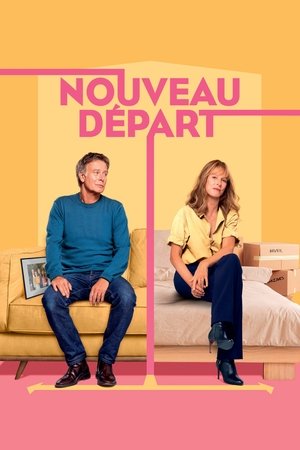 5.8
5.8New Beginnings(fr)
Alain and Diane have been together for 30 years. In his mind, Alain is still 30 years old. But the equation 30 years of routine feelings, empty nest (and incidentally a job where being 50 is like an incurable disease) creates a much less euphoric effect for Diane. She oscillates between depression and free fall - and the first one who says "hormonal" she smokes. Alain loves Diane like crazy and love is proof. He's going to do something crazy for her, something to make her feel vital again, to make her heart beat and youthfulness pulsate. The crazy thing? Leave her. The risk with electroshock ? Unknown: either it wakes up or it burns. They will take it, with their eyes closed.
 5.8
5.8Heavenly Touch(tl)
Jonard is having trouble making ends meet. His mother is suffering from depression, and he and his sister are forced to quit school in order to take care of her. One day, Jonard meets up his friend Rodel, and Rodel introduces him to the world of massage parlors. Rodel teaches him massage, and brings him to Heavenly Touch, a syndicate-run massage parlor that mostly caters to homosexuals.
 4.4
4.4Piranha II: The Spawning(en)
A scuba diving instructor, her biochemist boyfriend, and her police chief ex-husband try to link a series of bizarre deaths to a mutant strain of piranha fish whose lair is a sunken freighter ship off a Caribbean island resort.
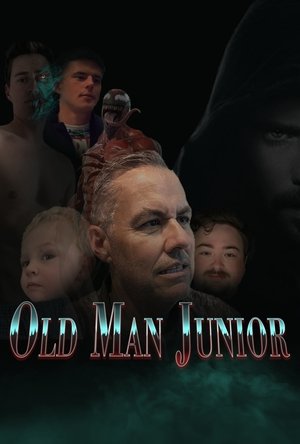 6.9
6.9Old Man Junior(en)
Morbius Jr, now an OId Man, is nearing the end of life, when he finds the last hope for all Morbkind. However, as he fights to protect the future of Morbheads, he finds himself facing off against an unlikely of enemy... HIMSELF.
 6.3
6.3Stopmotion(en)
Ella Blake, a stop-motion animator struggling to control her demons after the loss of her overbearing mother, embarks upon the creation of a film that becomes the battleground for her sanity. As Ella’s mind starts to fracture, the characters in her project take on a life of their own.
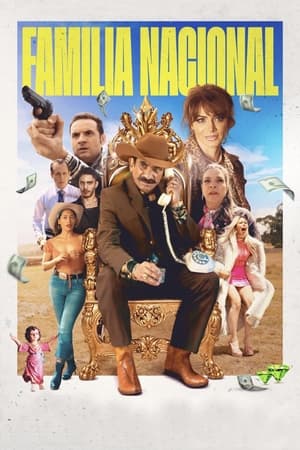 6.7
6.7National Family(es)
Don Poli, the patriarch of a family embedded in politics, faces the change of party in his state - after a hundred years in power - losing all his privileges. Humiliated and angry, he threatens to disinherit his family and leave to rebuild his life. This forces his children (Kippy, Ramses and Belén) to take extreme measures to ensure their future, causing everything that could go wrong to turn out worse.
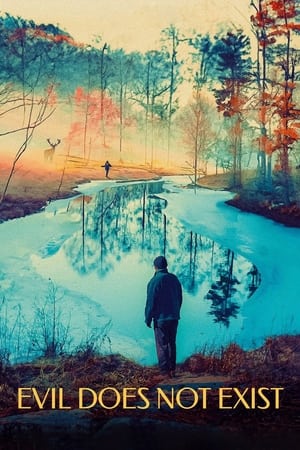 6.7
6.7Evil Does Not Exist(ja)
Takumi and his daughter Hana live in Mizubiki Village, close to Tokyo. One day, the village inhabitants become aware of a plan to build a camping site near Takumi's house offering city residents a comfortable "escape" to nature.
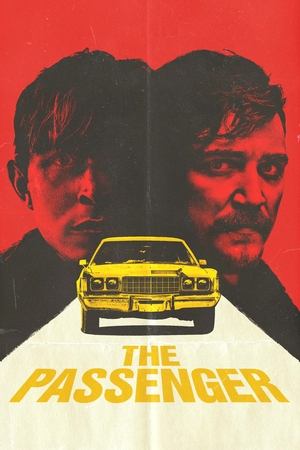 6.1
6.1The Passenger(en)
Randolph Bradley is perfectly content fading into the background, but when his coworker Benson snaps and goes on a violent killing spree, he’s forced to face his fears and confront his troubled past in order to find a way to survive.
 6.3
6.3Daddio(en)
A woman taking a cab ride from JFK airport engages in a conversation with the driver about the important relationships in their lives.
 5.7
5.7In a Violent Nature(en)
The enigmatic resurrection, rampage, and retribution of an undead monster in a remote wilderness unleashes an iconic new killer after a locket is removed from a collapsed fire tower that entombed its rotting corpse.
 6.6
6.6Find Me Falling(en)
After a failed comeback album, a rock star retreats to a cliffside home on Cyprus, only to find his new life complicated by visitors — and an old flame.
 6.5
6.5When Fall Is Coming(fr)
Michelle is enjoying a peaceful retirement in a Burgundy village, close to her longtime friend Marie-Claude. When her Parisian daughter Valérie drops off her son Lucas to spend school vacation with his grandma, Michelle, stressed out by her daughter, serves her toxic mushrooms for lunch. Valérie quickly recovers, but forbids her mother from seeing her grandson anymore. Feeling lonely and guilty, Michelle falls into a depression... until Marie-Claude's son gets out of prison.
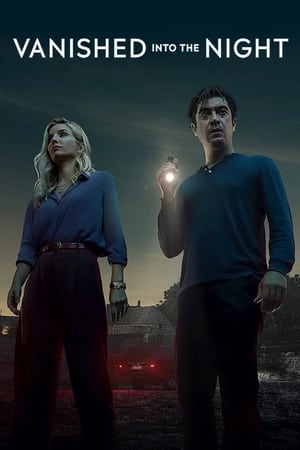 5.5
5.5Vanished into the Night(it)
A father, immersed in a difficult divorce process, embarks on a dangerous mission when his children disappear from their isolated country house.
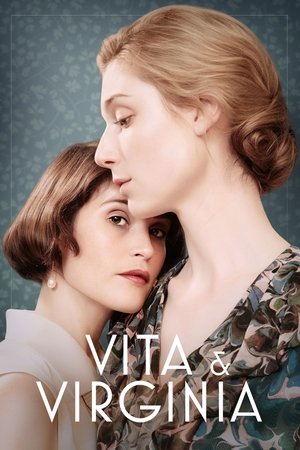 6.8
6.8Vita & Virginia(en)
Socialite Vita Sackville-West and literary icon Virginia Woolf run in different circles in 1920s London. Despite the odds, the two forge an unconventional affair, set against the backdrop of their own strikingly contemporary marriages.
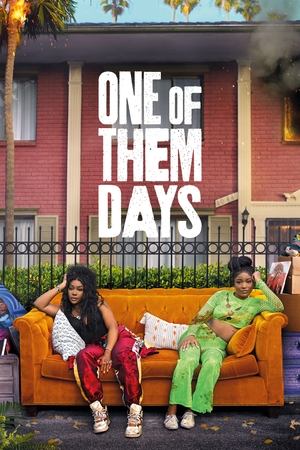 6.7
6.7One of Them Days(en)
Best friends and roommates Dreux and Alyssa are about to have One of Them Days. When they discover Alyssa’s boyfriend has blown their rent money, the duo finds themselves going to extremes in a comical race against the clock to avoid eviction and keep their friendship intact.
 9.2
9.2BTS World Tour: Love Yourself - Japan Edition(ko)
BTS perform their Japan concert at Tokyo Dome and Fukuoka Yahuoku Dome during their Love Yourself World Tour.
Similar Movies
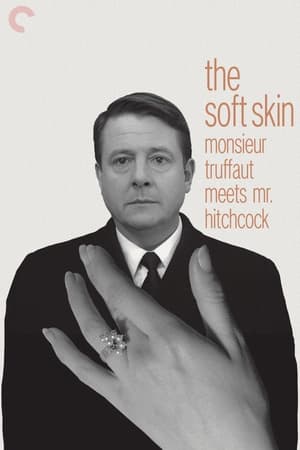 6.5
6.5Monsieur Truffaut Meets Mr. Hitchcock(en)
When Francois Truffaut approached Alfred Hitchcock in 1962 with the idea of having a long conversation with him about his work and publishing this in book form, he didn't imagine that more than four years would pass before Le Cinéma selon Hitchcock finally appeared in 1966. Not only in France but all over the world, Truffaut's Hitchcock interview developed over the years into a standard bible of film literature. In 1983, three years after Hitchcock's death, Truffaut decided to expand his by now legendary book to include a concluding chapter and have it published as the "Edition définitive". This film describes the genesis of the "Hitchbook" and throws light on the strange friendship between two completely different men. The centrepieces are the extracts from the original sound recordings of the interview with the voices of Alfred Hitchcock, Francois Truffaut, and Helen Scott – recordings which have never been heard in public before.
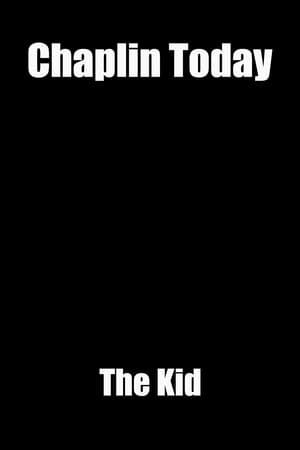 5.7
5.7Chaplin Today: 'The Kid'(en)
This documentary is featured on the two-disc Chaplin Collection DVD for "The Kid" (1921), released in 2004.
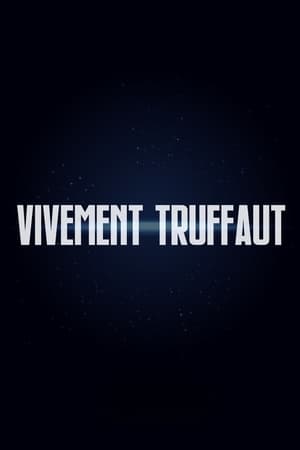 6.0
6.0Vivement Truffaut(fr)
A tribute to the late, great French director Francois Truffaut, this documentary was undoubtedly named after his last movie, Vivement Dimanche!, released in 1983. Included in this overview of Truffaut's contribution to filmmaking are clips from 14 of his movies arranged according to the themes he favored. These include childhood, literature, the cinema itself, romance, marriage, and death.
 0.0
0.0Afro Promo(en)
Co-curated by Jenni Olson and the late Black gay activist Karl Knapper, this entertaining showcase of vintage movie trailers traces the evolution of African American cinema through its most crucial period, 1952-1976. Filled with insights on race and social dynamics, this fascinating compendium of coming attractions explores an extensive range of stylistic approaches—Blaxploitation, Comedy, Music Bio, Plantation Drama and more—offering an outrageous joyride through motion picture history. Beyond mere camp, these marvelously condensed gems crystallize a range of African American identities and personalities, tracking the meteoric careers of Sidney Poitier, James Earl Jones, Billy Dee Williams, Richard Pryor, Pam Grier and others through their bold performances in movies both hugely popular and practically forgotten. Afro Promo provides a compact glimpse at the representation of African Americans through twenty-five dynamic years of American cinema history.
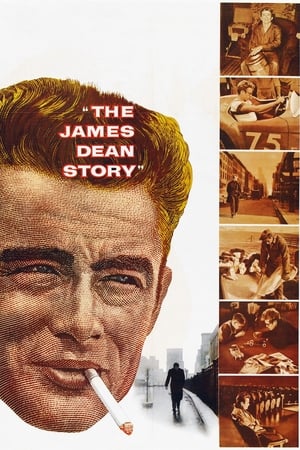 5.3
5.3The James Dean Story(en)
Released two years after James Dean's death, this documentary chronicles his short life and career via black-and-white still photographs, interviews with the aunt and uncle who raised him, his paternal grandparents, a New York City cabdriver friend, the owner of his favorite Los Angeles restaurant, outtakes from East of Eden, footage of the opening night of Giant, and Dean's ironic PSA for safe driving.
 6.7
6.7Workers Leaving the Lumière Factory(fr)
Working men and women leave through the main gate of the Lumière factory in Lyon, France. Filmed on 22 March 1895, it is often referred to as the first real motion picture ever made, although Louis Le Prince's 1888 Roundhay Garden Scene pre-dated it by seven years. Three separate versions of this film exist, which differ from one another in numerous ways. The first version features a carriage drawn by one horse, while in the second version the carriage is drawn by two horses, and there is no carriage at all in the third version. The clothing style is also different between the three versions, demonstrating the different seasons in which each was filmed. This film was made in the 35 mm format with an aspect ratio of 1.33:1, and at a speed of 16 frames per second. At that rate, the 17 meters of film length provided a duration of 46 seconds, holding a total of 800 frames.
Calle Bardem(es)
A documentary on the revolutionary life and career of director Juan Antonio Bardem, including interviews with many of his colleagues, including Luis Garcia Berlanga.
 6.4
6.4Decasia: The State of Decay(en)
A meditation on the human quest to transcend physicality, constructed from decaying archival footage and set to an original symphonic score.
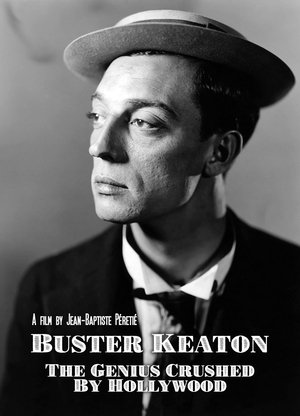 7.9
7.9Buster Keaton: The Genius Destroyed by Hollywood(fr)
In 1926, Buster Keaton was at the peak of his glory and wealth. By 1933, he had reached rock bottom. How, in the space of a few years, did this uncontested genius of silent films, go from the status of being a widely-worshipped star to an alcoholic and solitary fallen idol? With a spotlight on the 7 years during which his life changed, using extracts of Keaton’s films as magnifying mirrors, the documentary recounts the dramatic life of this creative genius and the Hollywood studios.
There We Are John...(en)
In this revealing documentary, Ken McMullen creates an elegant portrait of artist and filmmaker Derek Jarman, based on an interview conducted by John Cartwright. The questions are unobtrusive, allowing Jarman to reflect on his major films. Despite the debilitating effects of serious illness, we see an artist with his inner vision unimpaired; still humorous, self effacing and disarmingly charming.
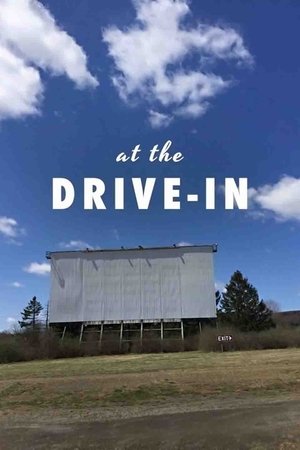 7.3
7.3At the Drive-In(en)
Unable to purchase a $50,000 digital projector, a group of film fanatics in rural Pennsylvania fight to keep a dying drive-in theater alive by screening only vintage 35mm film prints and working entirely for free.
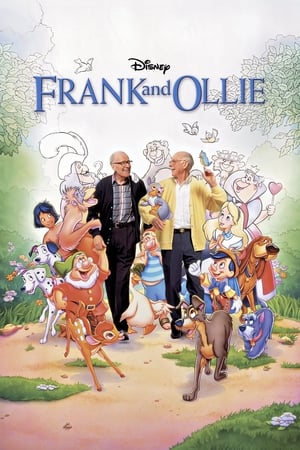 7.4
7.4Frank and Ollie(en)
Before computer graphics, special effects wizardry, and out-of-this world technology, the magic of animation flowed from the pencils of two of the greatest animators The Walt Disney Company ever produced -- Frank Thomas and Ollie Johnston. Frank and Ollie, the talent behind BAMBI, PINOCCHIO, LADY AND THE TRAMP, THE JUNGLE BOOK, and others, set the standard for such modern-day hits as THE LION KING. It was their creative genius that helped make Disney synonymous with brilliant animation, magnificent music, and emotional storytelling. Take a journey with these extraordinary artists as they share secrets, insights, and the inspiration behind some of the greatest animated movies the world has ever known!
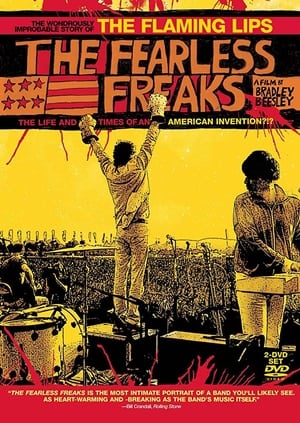 7.0
7.0The Fearless Freaks(en)
Equal parts punk and psychedelia, the Flaming Lips emerged from Oklahoma City as one of the most bracing bands of the late 1980s. The Fearless Freaks documents their rise from Butthole Surfers-imitating noisemakers to grand poobahs of orchestral pop masterpieces. Filmmaker Bradley Beesely had the good fortune of living in the same neighborhood as lead Lip Wayne Coyne, who quickly enlisted his buddy to document his band's many concerts and assorted exploits. The early footage is a riot, with tragic hair styles on proud display as the boys attempt to cover up their lack of natural talent with sheer volume. During one show, they even have a friend bring a motorcycle on stage, which is then miked for sound and revved throughout the performance, clearing the club with toxic levels of carbon monoxide. Great punk rock stuff. Interspersed among the live bits are interviews with the band's family and friends, revealing the often tragic circumstances of their childhoods and early career.
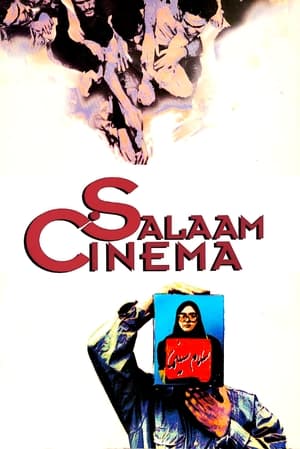 6.4
6.4Salaam Cinema(fa)
Makhmalbaf puts an advertisement in the papers calling for an open casting for his next movie. However when hundreds of people show up, he decides to make a movie about the casting and the screen tests of the would-be actors.
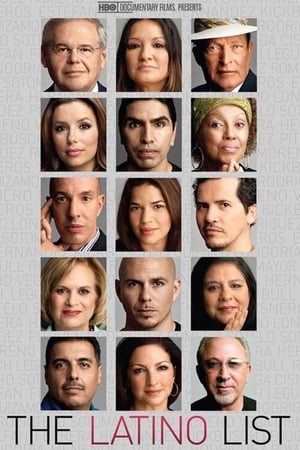 7.0
7.0The Latino List(en)
Documentary film interviews leading Latinos on race, identity, and achievement.
 6.3
6.3Roundhay Garden Scene(en)
The earliest surviving celluloid film, and believed to be the second moving picture ever created, was shot by Louis Aimé Augustin Le Prince using the LPCCP Type-1 MkII single-lens camera. It was taken in the garden of Oakwood Grange, the Whitley family house in Roundhay, Leeds, West Riding of Yorkshire (UK), possibly on 14 October 1888. The film shows Adolphe Le Prince (Le Prince's son), Mrs. Sarah Whitley (Le Prince's mother-in-law), Joseph Whitley, and Miss Harriet Hartley walking around in circles, laughing to themselves, and staying within the area framed by the camera. The Roundhay Garden Scene was recorded at 12 frames per second and runs for 2.11 seconds.
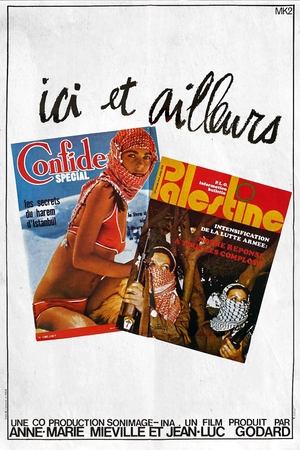 6.4
6.4Here and Elsewhere(fr)
Here and Elsewhere takes its name from the contrasting footage it shows of the fedayeen and of a French family watching television at home. Originally shot by the Dziga Vertov Group as a film on Palestinian freedom fighters, Godard later reworked the material alongside Anne-Marie Miéville.
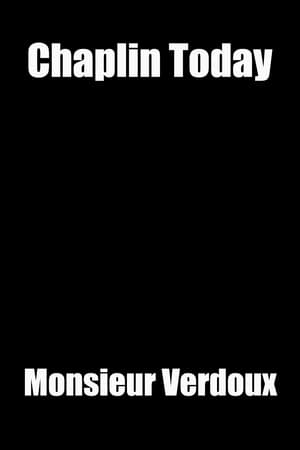 5.6
5.6Chaplin Today: 'Monsieur Verdoux'(en)
A short documentary in the Chaplin Today series about Chaplin's "Monsieur Verdoux." Includes an interview with Claude Chabrol, whose 1963 film "Landru" concerns the same serial killer that inspired Chaplin's film.
Film Is Not a Sausage: Borowczyk and the Short Film(en)
A documentary about Walerian Borowczyk's short films and animation, featuring his collaborators from that time.
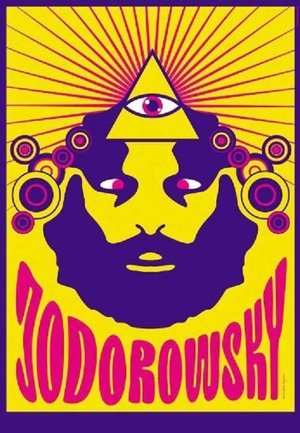 6.2
6.2The Jodorowsky Constellation(en)
This documentary depicts the filmmaker Alejandro Jodorowsky talking about his life, his loves, his career as a filmmaker, graphic novelist, and workshop leader, and his eccentricities including tarot reader and theatrical director during The Panic Movement. Directed by Louis Mouchet, La Constellation Jodorowsky includes a lengthy on-camera interview with Jodorowsky in Spanish with subtitles. Marcel Marceau, Fernando Arrabal, Peter Gabriel, Jean "Moebius" Giraud, and Jean Pierre Vignau make appearances discussing their various projects with the director. In addition to the interview and film clips, Mouchet features some bizarre footage from Jodorowsky’s absurdist plays in which topless women splattered with paint writhe around the stage in a theatrical production meant to represent The Panic Movement, i.e., an artistic expression in which reason cannot fully express the human experience.

